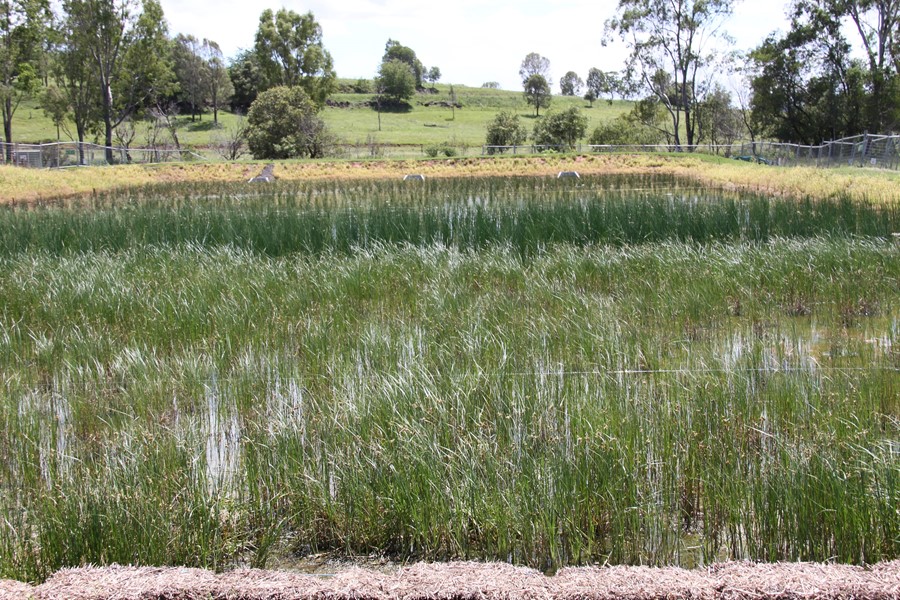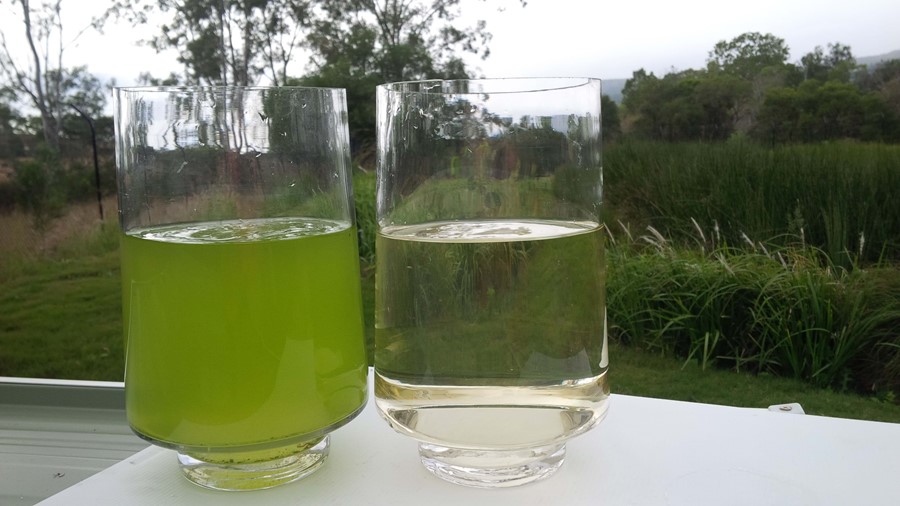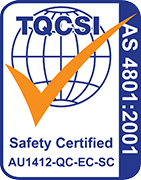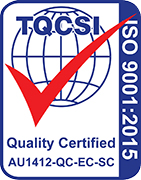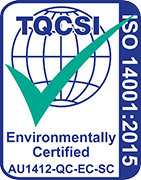Aratula STP - Design and Construct Treatment Wetlands
The Water & Carbon Group designed and built a 4000m2 Constructed Wetland to make final effluent quality produced from Aratula’s (500EP) Waste Stabilisation Pond licence compliant, before discharge to the environment.
The system was designed as a pure gravity system, with only minimal electricity needed for a small chlorine dosing unit.
Project Summary
The Water & Carbon Group was awarded the design and construct contract to upgrade the Aratula Sewage Treatment Plant (STP) to meet forecasted flow growth from 45kL/day to 200kL/day in 2026. The existing system comprised of a series of two facultative lagoons with chlorine disinfection prior to discharge into an adjacent creek. The treatment license for the site set limits for Biological Oxygen Demand (BOD) and Suspended Solid (SS).
Aratula is a small town roughly 60 kilometres south-west of Brisbane, QLD and is home to approximately 550 people. The sewerage treatment plant in Aratula was required to be upgraded in order to handle predicted increases in sewage flow over time.
40
2
mg/Lin TN values was achieved after eight months of operation.
decrease in ongoing operational costs over time.
Project Summary
The Water & Carbon Group was awarded the design and construct contract to upgrade the Aratula Sewage Treatment Plant (STP) to meet forecasted flow growth from 45kL/day to 200kL/day in 2026. The existing system comprised of a series of two facultative lagoons with chlorine disinfection prior to discharge into an adjacent creek. The treatment license for the site set limits for Biological Oxygen Demand (BOD) and Suspended Solid (SS).
Aratula is a small town roughly 60 kilometres south-west of Brisbane, QLD and is home to approximately 550 people. The sewerage treatment plant in Aratula was required to be upgraded in order to handle predicted increases in sewage flow over time.
Solution
The Water & Carbon Group designed and constructed the STP, consisting of a high-density wetland in 2013 and provided two years of operational support under a performance guarantee. The system was designed to harness gravitational flows resulting in near zero electricity usage. The only power requirements are for a small chlorine dosing unit and telemetry. The Water & Carbon Group designed and constructed the STP in close collaboration with QUU utilising Trinity as a key partner. While many treatment wetlands around Australia are implemented specifically to treat nutrient removal, the Aratula treatment wetlands were designed and constructed to meet licence compliance for biochemical oxygen demand (BOD) and suspended solids (not nutrients).
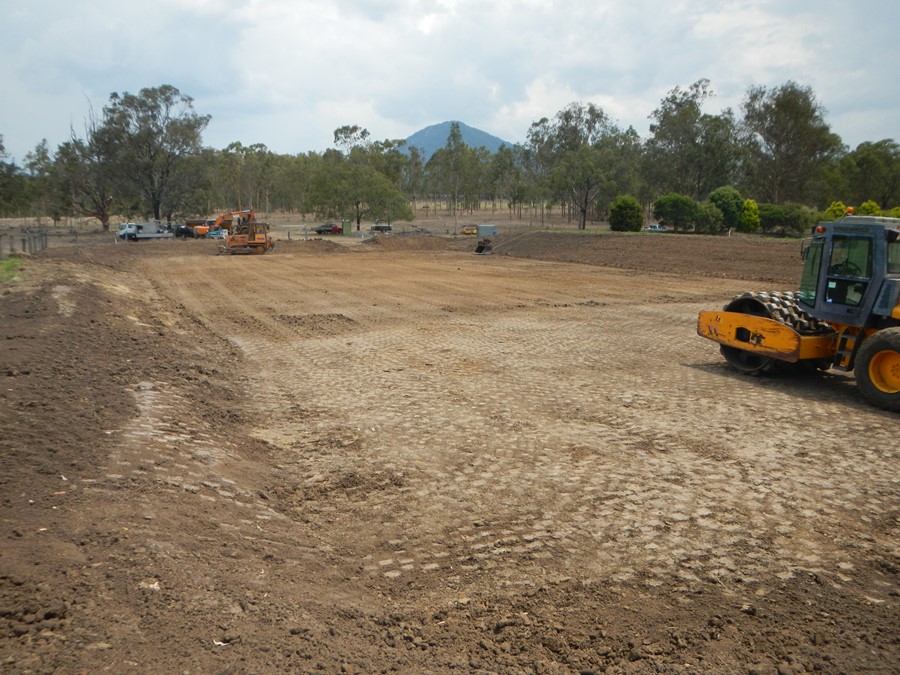
Outcomes
The solution created by the Water & Carbon Group has enabled the Aratula STP to comply with license requirements both now and as flows increase over time. The wetlands were successfully commissioned in 2013 and the initial months of operation exceeded effluent quality targets. Although not required for licence compliance, the wetlands have also significantly reduced nutrient concentrations. Within eight months of operation, the effluent from the Aratula lagoon wetland system was achieving TN values between 2-4mg/L. “The Water & Carbon Group’s system cost approximately 40% less than a traditional system. The project ongoing operating costs of the STP using his technology are also significantly reduced over the life of the plant. Commissioned in January 2013, the plant is already performing beyond expectations.” – QUU CEO, Submission for State Government Sustainability Award.
40
%reduction in total expenditure in comparison to traditional systems
2
mg/Lin TN values was achieved after eight months of operation.
decrease in ongoing operational costs over time.

